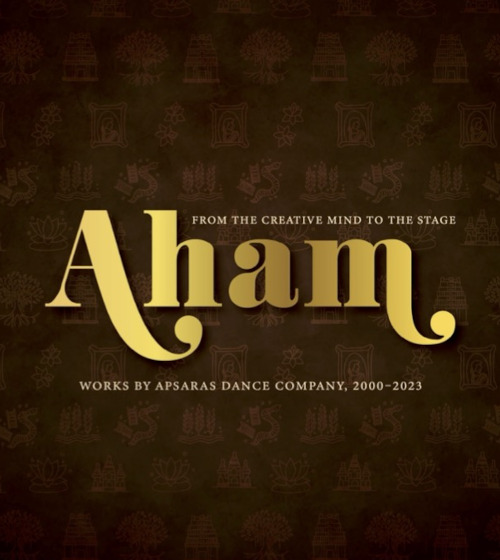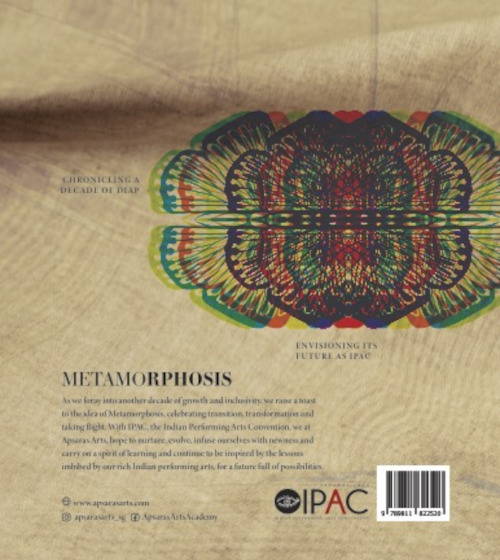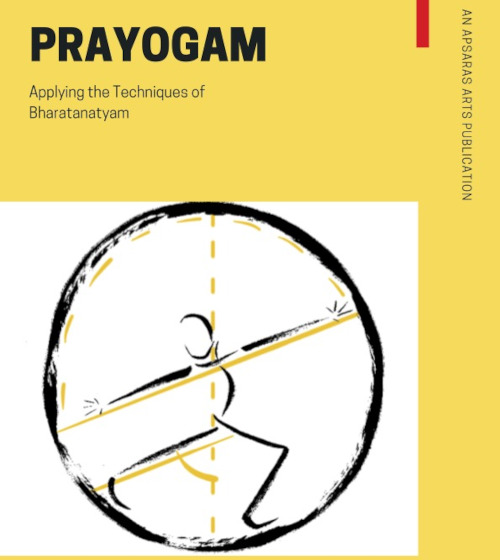PUBLICATIONS & OTHER COLLECTIONS



Aham
Synopsis
Entitled AHAM – from the Creative Mind to Stage, this coffee table book has been authored by Aravinth Kumarasamy in his role as Artistic Director. It documents the creative processes for 10 of the company’s most successful and innovative original productions, some of which toured internationally several times. Providing a rare glimpse into the unseen processes, the author describes the making of each work and the research and creative conceptualization, while spotlighting the creative collaborators, press and expert reviews and stunning photographic images. This book is intended as a useful reference for arts and dance producers, arts educators, academics and dance students. It includes forewords by the CEOs of National Heritage Board, National Arts Council and Esplanade Theatres on the Bay and is supported by National Heritage Board and Lee Foundation.



Metamorphosis
Synopsis
Chronicling a decade of DIAP Envisioning its future at IPAC As we foray into another decade of growth and inclusivity, we raise a toast to the idea od Metamorphosis, celebrating transition, transformation and taking flight. With IPAC, the Indian Performing Arts Convention, we at Apsaras Arts, hope to nurture, evolve, infuse ourselves with newness and carry on a spirit of learning and continue to be inspired by the lessons imbibed by our rich Indian performing arts, for a future full of possibilities.



Prayogam
Synopsis
Publication on the application of techniques of Bharatanatyam through proper toning exercises to prepare the body for dance as a dancer’s manual. Authored by Mohanapriyan Thavarajah.




Apsaras -Temple Dance of Apsaras
Synopsis
Mohanapriyan Thavarajah, an acclaimed Bharatanatyam dancer and choreographer, writes his debut book on Angkor Wat and the dance of Cambodia, exploring its sacred past and lyrically captivating present. The book explores the history and architecture of Angkor Wat and associated Hindu mythology. He also presents the co-relation between South Indian and Cambodian classical dance while making scholarly observations about details such as repertoire, narratives, dance technique, music composition, musical instruments, costumes and stagecraft. This book is expected to be a welcome addition to South East Asian arts, providing new, lesser-known insights into the dance history of Cambodia.









